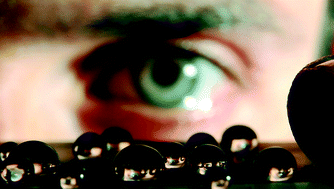Progess in superhydrophobic surface development
Abstract
Research into extreme water-repellent surfaces began many decades ago, although it was only relatively recently that the term superhydrophobicity appeared in literature. Here we review the work on the preparation of superhydrophobic surfaces, with focus on the different techniques used and how they have developed over the years, with particular focus on the last two years. We discuss the origins of water-repellent surfaces, examining how size and shape of surface features are used to control surface characteristics, in particular how techniques have progressed to form multi-scaled roughness to mimic the lotus leaf effect. There are notable differences in the terminology used to describe the varying properties of water-repellent surfaces, so we suggest some key definitions.


 Please wait while we load your content...
Please wait while we load your content...